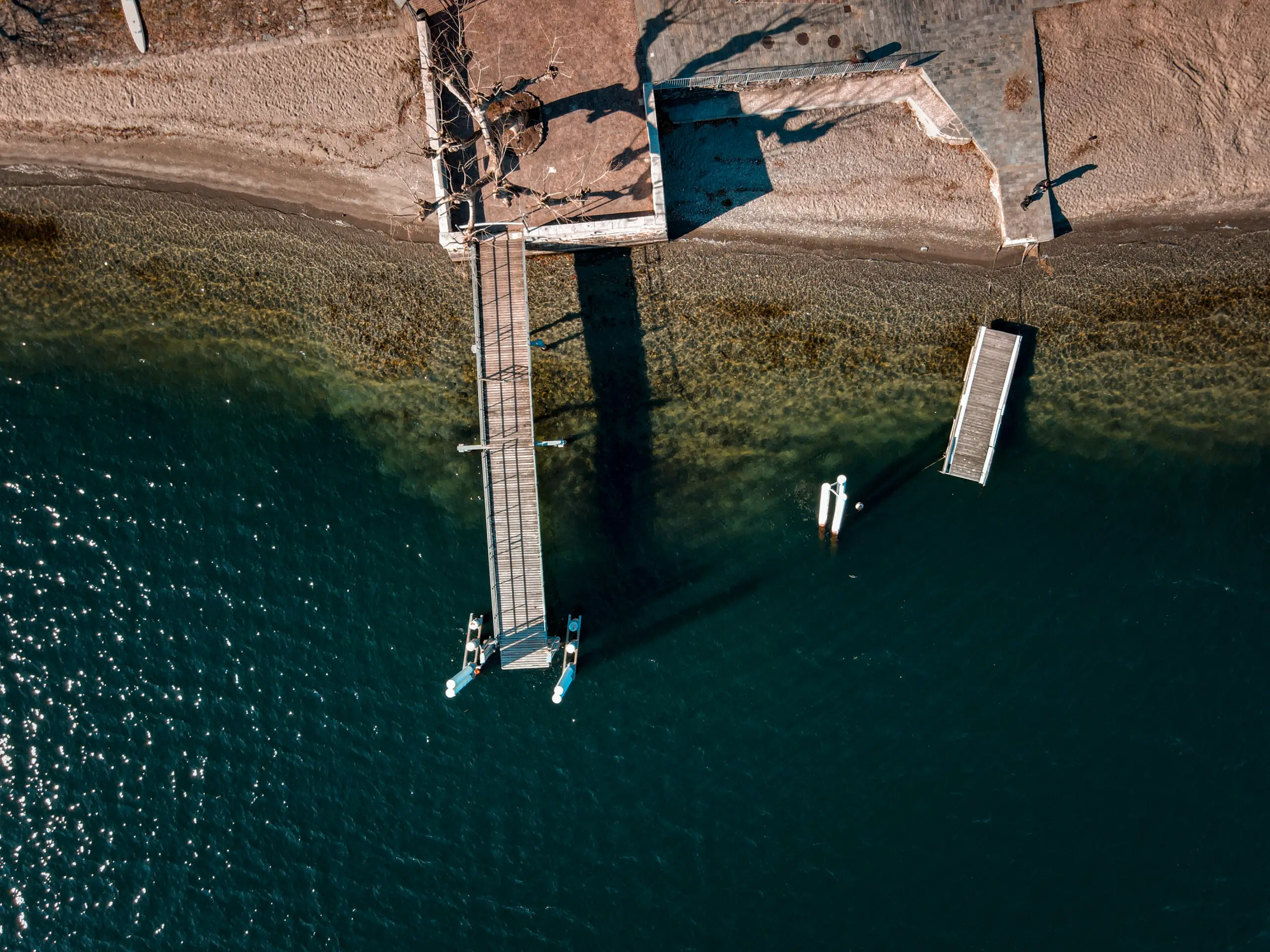The world’s oceans cover more than 70% of Earth’s surface, shaping weather, ecosystems, and economies. They are also home to vast energy resources, global shipping routes, and coastal communities. Designing and maintaining the technology that operates in this environment requires a specialized field of expertise known as ocean engineering.
In this article, we’ll explain what ocean engineering is, explore its key areas, and highlight its importance in modern infrastructure, renewable energy, and environmental protection. Along the way, we’ll also look at what ocean engineers do and share some essential ocean engineering facts.
What Is Ocean Engineering?
Ocean engineering is a multidisciplinary branch of engineering that focuses on the design, development, and maintenance of structures, systems, and technologies that operate in or interact with the ocean. It combines principles of civil engineering, mechanical engineering, electrical engineering, and naval architecture with oceanography and environmental science.
The purpose of ocean engineering is twofold:
- To create safe, reliable, and efficient technologies for exploring and utilizing marine resources.
- To protect coastlines and marine environments from natural and human-made impacts.
In short, if a structure or system must function in the harsh and unpredictable conditions of the ocean, ocean engineers play a role in making it possible.

Key Areas of Ocean Engineering
Ocean engineering is a broad discipline with applications across industries, from energy and transportation to defense and environmental protection. Below are the major areas where ocean engineers contribute.
Offshore Structures and Platforms
One of the most visible applications of ocean engineering is the design and construction of offshore structures, such as oil and gas platforms, wind farms, and floating production units. These platforms must withstand strong waves, high winds, and corrosive saltwater. Ocean engineers ensure that offshore structures are stable, safe, and durable while minimizing environmental risks.
Subsea Systems and Pipelines
Beneath the surface, subsea systems and pipelines transport oil, gas, and other resources across long distances. Ocean engineers design these systems to resist pressure, corrosion, and shifting seabeds. They also develop advanced inspection and maintenance technologies, including remotely operated vehicles (ROVs) and autonomous underwater vehicles (AUVs).
Marine Renewable Energy Systems
With the global demand for clean energy rising, ocean engineers are increasingly involved in developing marine renewable energy systems. These include offshore wind turbines, wave energy converters, and tidal power plants. Such projects harness the ocean’s natural forces to generate sustainable power while contributing to climate change mitigation.
Underwater Robotics and Vehicles
Exploring and maintaining underwater environments requires specialized equipment. Ocean engineers design underwater robotics like ROVs and AUVs that can map the seabed, inspect pipelines, or conduct scientific research at extreme depths. These technologies are crucial for industries like oil and gas, defense, and marine science.
Coastal and Offshore Erosion Control
Coastal regions face constant challenges from waves, tides, and storms. Ocean engineers develop solutions for erosion control, such as breakwaters, seawalls, groins, and artificial reefs. They also design beach nourishment projects that replenish sand and protect shorelines. These efforts safeguard communities, infrastructure, and ecosystems from coastal hazards.
Environmental Monitoring and Management
Protecting the marine environment is a central part of ocean engineering. Engineers design systems for environmental monitoring, including buoys, sensors, and satellite-linked devices that track water quality, currents, and ecological conditions. This data supports marine conservation, fisheries management, and early warning systems for tsunamis or storm surges.
Relation to Coastal Engineering
Because they both deal with marine environments, ocean engineering and coastal engineering are closely related.
- Ocean engineering typically focuses on offshore structures, deep-water systems, and technologies that operate in the open ocean.
- Coastal engineering focuses on the interface between land and sea, addressing shoreline protection, harbor design, and flood defenses.
Together, they share the goal of coastal protection and management. By integrating offshore technologies with coastal infrastructure, engineers can build resilient systems that balance human development with environmental sustainability.
What Do Ocean Engineers Do?
The daily responsibilities of an ocean engineer vary depending on their specialization, but their work often includes:
- Designing offshore platforms, subsea pipelines, or renewable energy systems.
- Conducting site investigations and oceanographic studies to inform design.
- Using computational models to simulate wave, current, and wind forces.
- Overseeing construction, installation, and maintenance of marine systems.
- Collaborating with oceanographers, environmental scientists, and naval architects.
In essence, ocean engineers bridge the gap between engineering innovation and the unpredictable nature of the sea.
Importance and Applications of Ocean Engineering
The importance of ocean engineering extends across multiple sectors:
- Energy: Offshore oil and gas, as well as renewable energy from wind, waves, and tides.
- Transportation: Safe harbors, ports, and shipping channels.
- Defense: Naval technologies, underwater vehicles, and coastal protection.
- Environmental protection: Monitoring marine ecosystems and mitigating erosion.
- Research and exploration: Enabling scientific study of the deep ocean and climate systems.
These applications demonstrate that ocean engineering is not just about infrastructure—it is about enabling global trade, advancing clean energy, protecting coastlines, and expanding knowledge of the marine world.
Ocean Engineering Facts
Here are a few quick ocean engineering facts to put the discipline into perspective:
- Offshore wind farms are among the fastest-growing renewable energy sectors worldwide.
- Subsea pipelines can extend thousands of miles across ocean floors, transporting vital resources.
- ROVs and AUVs designed by ocean engineers have reached depths of more than 10,000 meters.
- Coastal erosion control measures protect billions of dollars in property and infrastructure annually.
- Ocean engineers often collaborate with international teams, as oceans and their challenges are global.

Conclusion
So, what is ocean engineering? It is the branch of engineering dedicated to designing and maintaining technologies that work in one of the harshest environments on Earth, the ocean. From offshore platforms and subsea pipelines to renewable energy and coastal protection, ocean engineering ensures that society can responsibly harness the ocean’s resources while safeguarding its ecosystems.
Understanding what ocean engineers do reveals their vital role in energy, transportation, defense, and environmental management. As climate change, rising sea levels, and growing energy demands reshape our world, ocean engineering will remain at the forefront of innovation and resilience.
